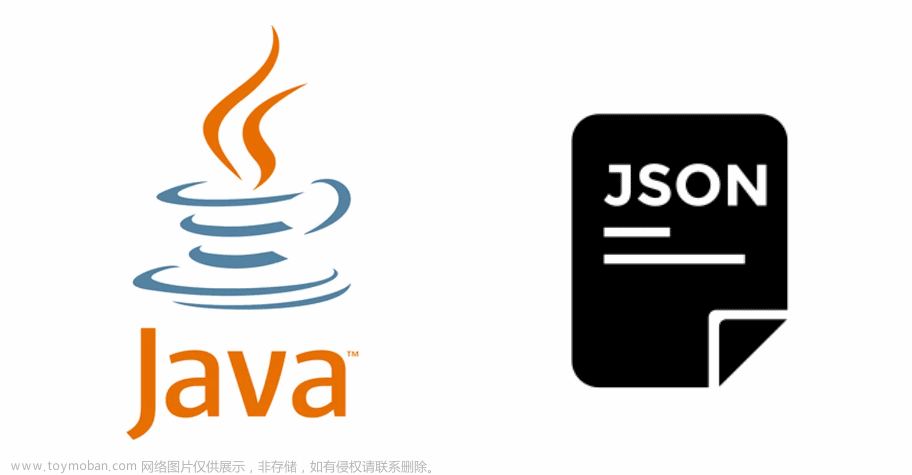1 背景介绍
研发过程中,经常会涉及到读取配置文件等重复步骤,也行是.conf文件,也许是.json文件,但不管如何他们最终都需要进入到jave的inputStream里面。下面以读取.json文件为例
2 FileInputStream读取
需要1个参数:
fileName: 文件名,一般为绝对路径,不然可能会找不到。或者和java文件同一个路径下
static String readWithFileInputStream(){
String jsonString;
//System.getProperty("user.dir")为获取根目录
//File.separator为不同操作系统的分隔符,linux和win是不一样的
//tempFilePath该字符串里面为我们配置文件的路径
String fileName = "xx_config.json";
// String tempFilePath = System.getProperty("user.dir") + File.separator + "resource" + File.separator + fileName;
// System.out.print(tempFilePath);
StringBuilder sb = new StringBuilder();
try{
InputStream input = new FileInputStream(fileName);
byte[] buffer = new byte[1024];
int length = 0;
length = input.read(buffer);
while(length != -1){
sb.append(new String(buffer, 0 , length));
length = input.read(buffer);
}
}catch (Exception e){
e.printStackTrace();
}
return jsonString = sb.toString();
}
最终返回一个String。然后通过JSON工具就可以转为自己想读取到模型啦。
TargetConfig config = (TargetConfig) JSON.parseObject(jsonString, TargetConfig.class);
但该种方式不灵活,需要把路径写死,或者写成绝对路径。
3 ClassLoader读取
需要2个参数:
fileName: 文件名
ClassLoader: 类加载器,一般为当前类文章来源:https://www.toymoban.com/news/detail-510949.html
static String readWithClassLoader() throws IOException {
String fileName = "xx_config.json";
ClassLoader classLoader = TargetConfig.class.getClassLoader();
BufferedReader reader = null;
InputStream inputStream = classLoader.getResourceAsStream(fileName);
reader = new BufferedReader(new InputStreamReader(inputStream));
StringBuilder content = new StringBuilder();
String line = reader.readLine();
while (!StringUtil.isEmpty(line)) {
content.append(line);
line = reader.readLine();
}
return content.toString();
}
和之前一样,最终返回一个String。然后通过JSON工具就可以转为自己想读取到模型啦。
TargetConfig config = (TargetConfig) JSON.parseObject(jsonString, TargetConfig.class);
但使用类加载读取,可以不用写死路径。比第一种要灵活很多。 文章来源地址https://www.toymoban.com/news/detail-510949.html
文章来源地址https://www.toymoban.com/news/detail-510949.html
到了这里,关于java 读取json文件的2种方式的文章就介绍完了。如果您还想了解更多内容,请在右上角搜索TOY模板网以前的文章或继续浏览下面的相关文章,希望大家以后多多支持TOY模板网!








